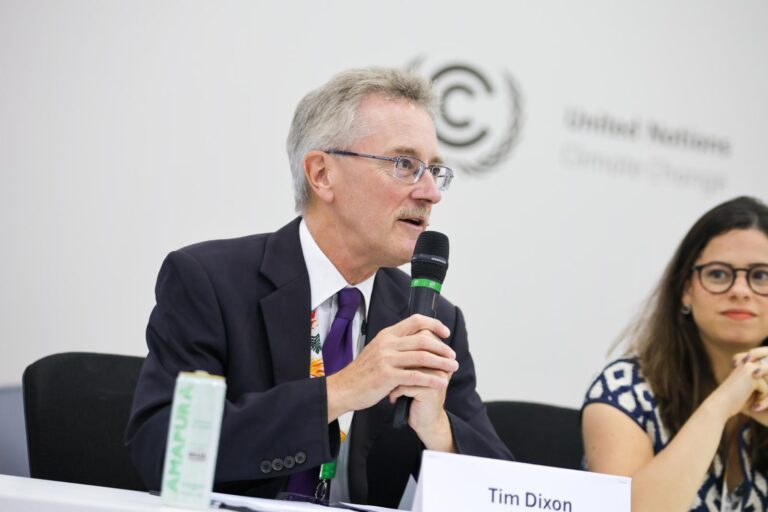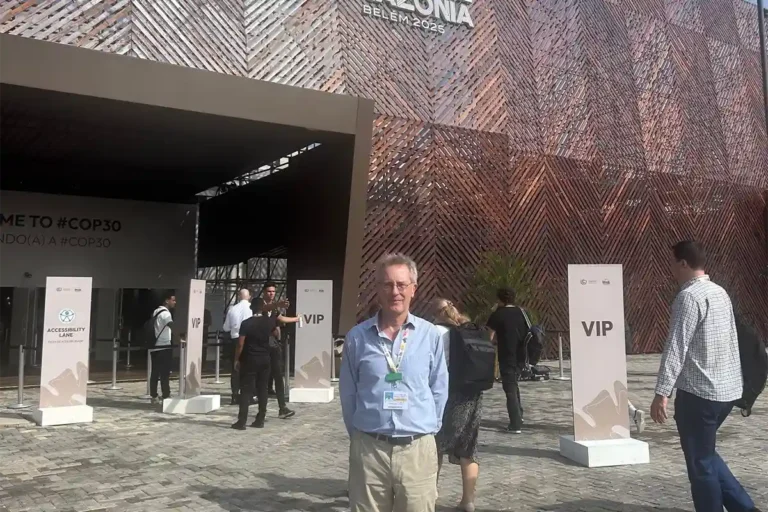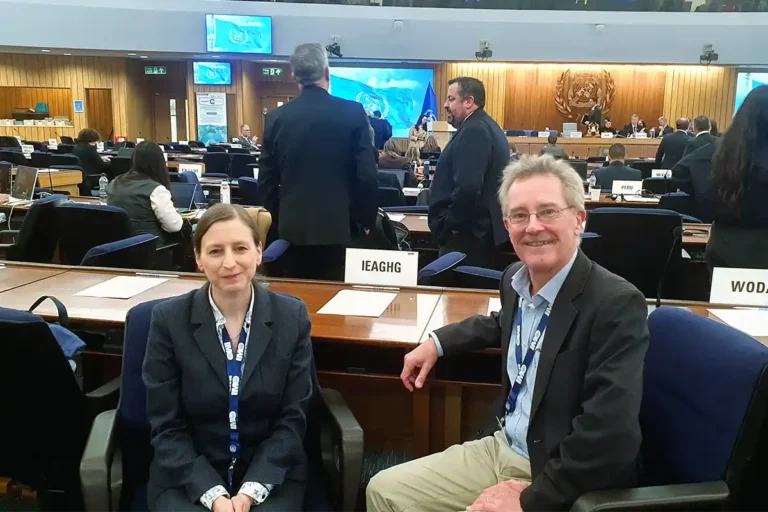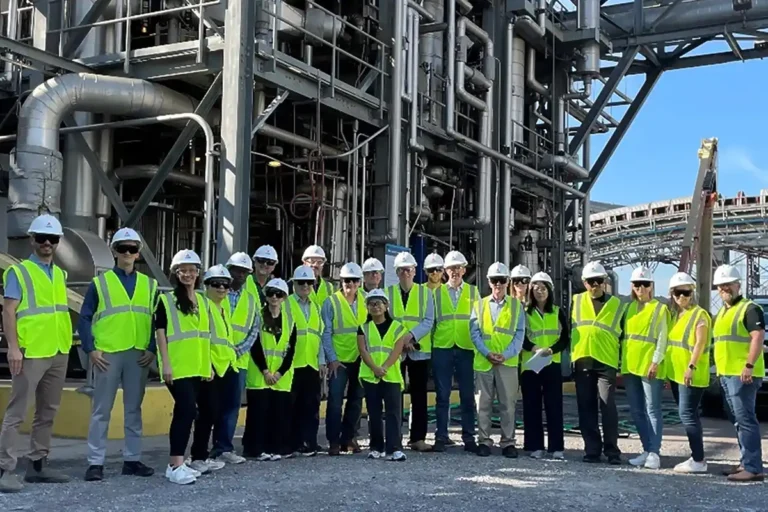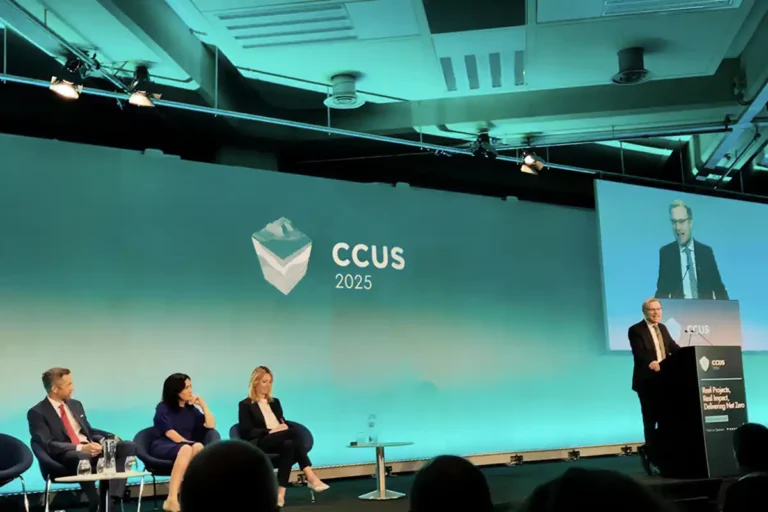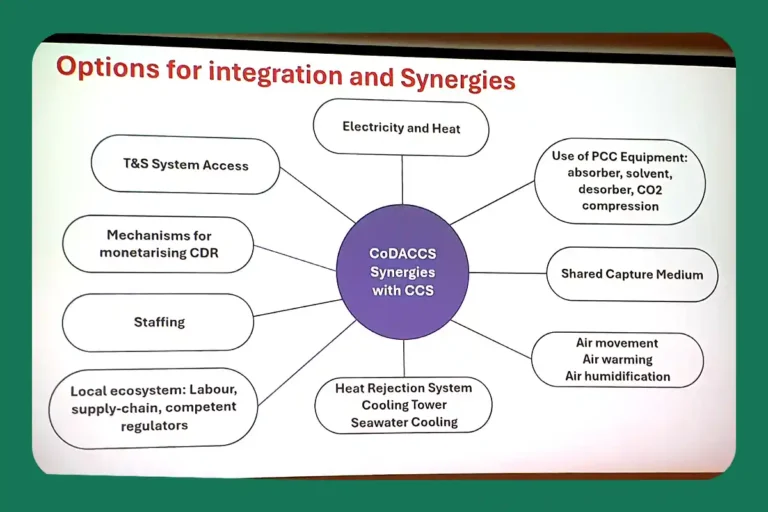
Learnings from Boundary Dam applied to Shand power station
7 November 2018

During GHGT-14, we had several presentations from the International CCS Knowledge Centre. The attendees had the opportunity to know more about the Shand SaskPower’s power station and how the learnings from BD3 are being applied in the capture and storage systems design.
Brent Jacobs presented the Shand coal fired power plant integrating the post-combustion CO2 capture process. The Shand Power Station is a 305 MW lignite-fired sub-critical power plant commissioned in 1992, and located close to BD3.
The feasibility study includes the capture process MHI’s KM CDR, wet limestone FGD and turbine modifications, both by MHPS. The International CCS Knowledge centre and Stanted designed the power integration, fluegas heat recovery, heat rejection and balance of plant.
It has been possible to implement the learnings from BD3 into the Shand power station design. The capture capacity is the double than that in BD3, and the heat integration is optimized to cover the thermal requirements for the capture system. Additionally, it is flexible to allow integration of renewables.
Brent showed the energy requirements differences between BD3 and Shand plants. The Shand plant will have a lower impact on the gross output, based on a lower capture island capture load and a higher heat recovery. The extraction of steam at the lowest acceptable pressure and the use of waste heat from offset losses are key for the maximized integration. Additional modifications allowed a further optimization of the system.
Corwyn Bruce presented the capital and operating cost reductions on the SaskPower’s Shand power station. He commented on the cost savings linked to the scaling-up to 305MW and the thermal integration design.
We have seen in the IEAGHG technical study “Effects of Plant Location on the costs of CO2 Capture” the role of the cooling system on costs and plant performance. In this case, Shand operates as Zero Liquids discharge (ZLD) facility and, additionally, the design of the hybrid cooling system has been optimized for the fluegas condensate to cover the water requirements. Moreover, the heat rejection requirement is increased by 50%.
As Brent commented, the plant is designed to be flexible, as for the electricity grid as for the operation of the capture system, and has avoided some redundancies identified in BD3. Increasing the capture rate (up to 95%) is possible and, although the capital costs increase to achieve that level, the capture costs are reduced. Available CO2EOR opportunities are nearby and that can contribute to the business case, together with other CO2 reuse options. Positively, the CO2 production from Shand can be connected to that from BD3, what increases the reliability of CO2 supply and decreases the penalties associated with the delivery challenges.
As conclusions, capital costs in the Shand facility have been reduced by 67% and the CO2 capture cost would be $45/tonne of CO2. Additionally, applying the knowledge generated in BD3 has de-risked several aspects associated to CCS. The plant will emit considerably less CO2 than the Canadian regulations dictate, and carbon neutral coal power has been proven to be possible.
Other articles you might be interested in
Get the latest CCS news and insights
Get essential news and updates from the CCS sector and the IEAGHG by email.
Can’t find what you are looking for?
Whatever you would like to know, our dedicated team of experts is here to help you. Just drop us an email and we will get back to you as soon as we can.
Contact Us NowOther articles you might be interested in
Get the latest CCS news and insights
Get essential news and updates from the CCS sector and the IEAGHG by email.
Can't find what you are looking for?
Whatever you would like to know, our dedicated team of experts is here to help you. Just drop us an email and we will get back to you as soon as we can.
Contact Us Now


